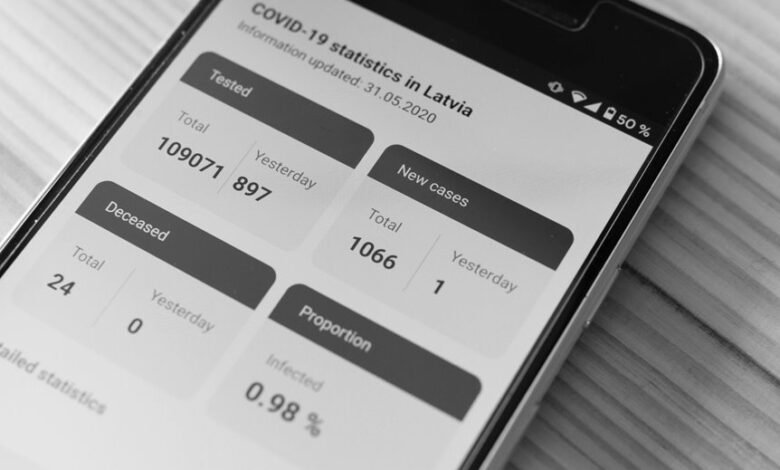06-3905-3193 Number Tracing: Investigating Regional Networks

The process of number tracing plays a critical role in the analysis of regional networks. By systematically examining numerical data, it reveals intricate patterns and connections between individuals and organizations. This analytical approach utilizes advanced visualization techniques and network analysis tools. However, the implications of such findings extend beyond mere data interpretation. Understanding these dynamics can significantly influence strategic planning and resource allocation, raising important questions about equitable service distribution and regional development.
The Importance of Number Tracing in Regional Analysis
Number tracing serves as a critical analytical tool in regional analysis, enabling researchers to systematically quantify and interpret numerical data across various geographical contexts.
This process aids in communication analysis while addressing concerns of data privacy. By mapping interactions and relationships, researchers can unveil significant patterns, fostering informed decision-making that respects individual autonomy and enhances understanding of regional dynamics without compromising personal information security.
Uncovering Patterns: How Identifiers Connect Individuals and Organizations
While exploring the intricate relationships between individuals and organizations, identifiers play a pivotal role in revealing underlying patterns within data sets.
Through network mapping, researchers can visualize identifier relationships, delineating connections that may otherwise remain obscured. This analytical approach facilitates the identification of clusters and trends, empowering stakeholders to understand the dynamics of interactions, ultimately fostering informed decision-making in various contexts.
Tools and Techniques for Effective Number Tracing
A variety of tools and techniques exist to enhance the effectiveness of number tracing, each tailored to specific analytical needs and data environments.
Data visualization software tools facilitate the interpretation of complex datasets, while advanced tracing methodologies refine accuracy.
Network analysis further elucidates connections, allowing for a comprehensive understanding of relationships within the data, ultimately optimizing the number tracing process across diverse contexts.
Case Studies: Real-World Applications of Number Tracing in Regional Networks
Real-world applications of number tracing in regional networks illustrate the practical benefits of advanced methodologies and tools previously outlined.
Case studies reveal how organizations employ number tracing for regional analysis, enhancing decision-making processes and optimizing resource allocation.
These implementations demonstrate the efficacy of precise data tracking in improving connectivity, ensuring equitable service distribution, and fostering regional development through informed strategic planning.
Conclusion
In summation, the practice of number tracing, while delicately navigating the complexities of privacy, serves as an invaluable compass for illuminating the intricate web of regional networks. By skillfully unveiling the subtle connections among various entities, it empowers stakeholders to make astute decisions that harmonize resource distribution and regional development. As such, number tracing emerges not just as a tool, but as a beacon guiding communities toward equitable progress and collaborative synergy in their shared aspirations.




